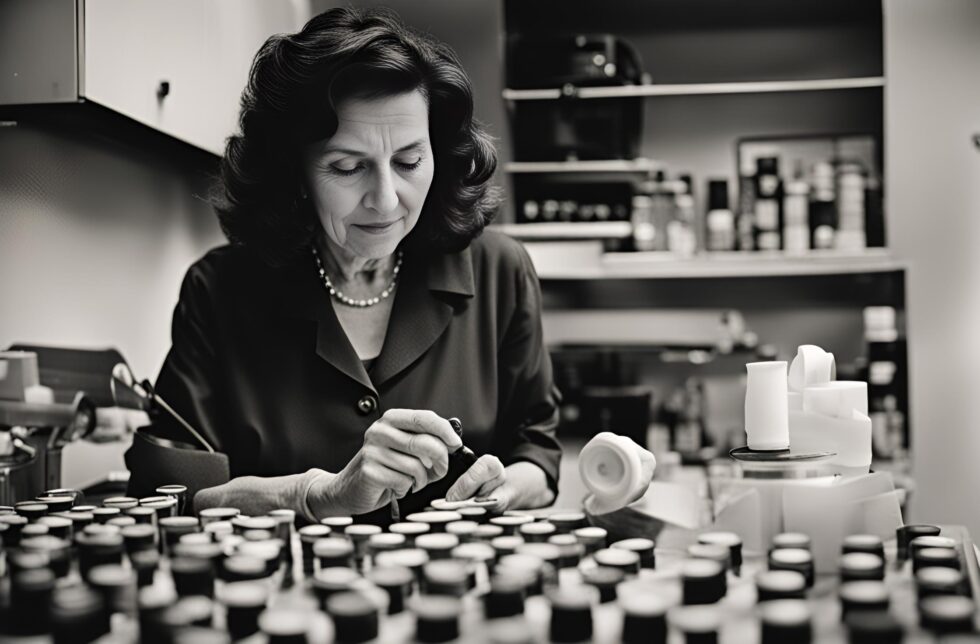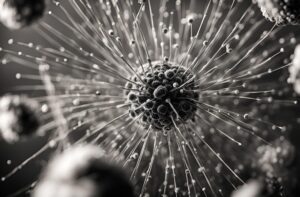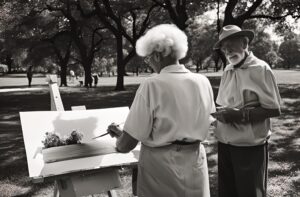
In 2025, a team of scientists led by Dr. Elena Martinez made a groundbreaking discovery that would change the course of human history. After decades of relentless research and countless trials, they developed a universal cure for cancer. This revolutionary nanotechnology-based treatment, named “NanoCure,” was capable of identifying and eradicating cancer cells without harming healthy cells. The world held its breath as the announcement was made, and the implications of this discovery began to unfold.

The initial impact of the cure was nothing short of miraculous. Hospitals around the globe were inundated with patients seeking the treatment, and within months, cancer wards began to empty. Families rejoiced as loved ones who had been given months to live were suddenly granted a new lease on life. The emotional and psychological relief was palpable; the dark cloud of cancer that had loomed over humanity for centuries was finally dissipating.
As the cure became widely available, the medical community experienced a seismic shift. Oncologists, who had dedicated their careers to battling cancer, found themselves in a world where their expertise was no longer in demand. Many transitioned to other fields of medicine, while others took on roles in research and development, focusing on preventing other diseases. Pharmaceutical companies, which had invested billions in cancer treatments, faced a financial reckoning. Some adapted by pivoting to other areas of healthcare, while others struggled to survive.
The economic impact of the cure was profound. The cost of healthcare decreased significantly as the burden of cancer-related expenses was lifted. Governments redirected funds previously allocated to cancer research and treatment towards other pressing issues, such as mental health and chronic diseases. Insurance companies adjusted their policies, and the savings were passed on to consumers, resulting in lower premiums and more accessible healthcare for all.
However, the cure also brought about unforeseen challenges. With cancer no longer a threat, the global population began to grow at an unprecedented rate. Advances in medicine had already extended life expectancy, and now, without the specter of cancer, people were living longer than ever before. This rapid population growth strained resources and infrastructure, leading to overcrowded cities and increased demand for food, water, and energy. Governments and organizations scrambled to find sustainable solutions, investing heavily in renewable energy, vertical farming, and water purification technologies.
The social fabric of society also underwent a transformation. The fear of cancer had been a unifying force, bringing people together in support of research and patient care. With that fear eradicated, new challenges emerged. The focus shifted to other health crises, such as the rise of antibiotic-resistant bacteria and the mental health epidemic. Communities rallied around these new causes, but the sense of urgency and solidarity that had characterized the fight against cancer was difficult to replicate.

In the years following the discovery of NanoCure, the world adapted to its new reality. The cure had given humanity a second chance, and people began to reevaluate their priorities. The emphasis on health and wellness grew stronger, with a renewed focus on preventative care and holistic approaches to well-being. Education systems incorporated health literacy into their curricula, ensuring that future generations were better equipped to take care of themselves and each other.
The arts and culture also flourished in this new era. Freed from the fear of cancer, people found themselves with more time and energy to devote to creative pursuits. Music, literature, and visual arts experienced a renaissance, with new works exploring themes of resilience, hope, and the human spirit. The collective trauma of cancer had left an indelible mark on society, but it also inspired a wave of creativity and innovation.
As the decades passed, the world continued to evolve. The cure for cancer had been a catalyst for change, setting off a chain reaction that touched every aspect of human life. While the challenges were immense, the resilience and ingenuity of the human race proved to be even greater. The story of NanoCure became a testament to the power of science, the importance of compassion, and the enduring hope for a better future.
In the end, the cure for cancer was not just a medical breakthrough; it was a turning point in the history of humanity. It reminded people of their shared vulnerability and their capacity for greatness. As they looked to the future, they carried with them the lessons learned from the fight against cancer, determined to build a world where health, happiness, and harmony were within reach for all.




